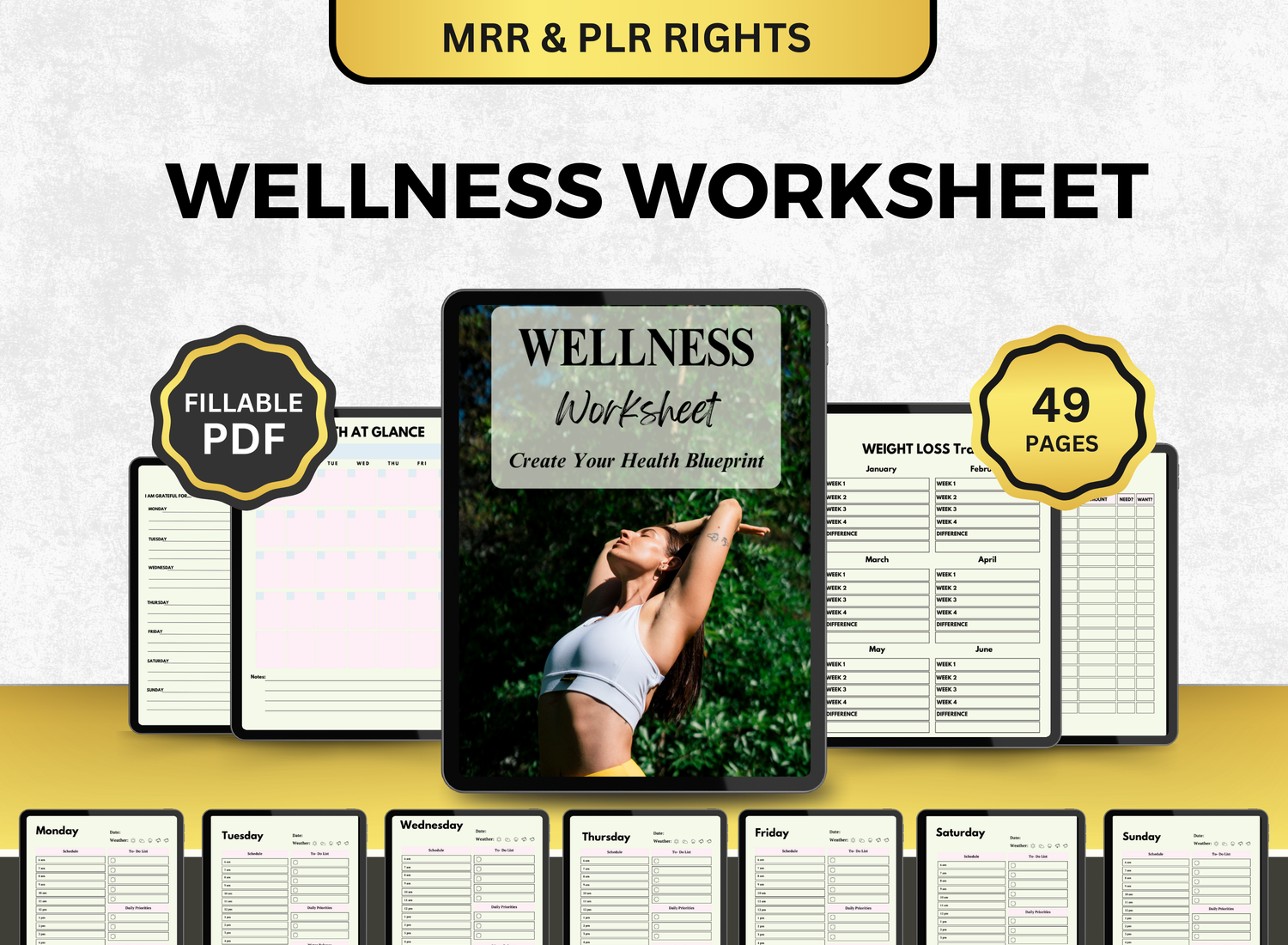Not Just About the Weight: What Adele’s Transformation Actually Tells Us About Self-Image
It’s been years since Adele first shocked the world—not with her voice this time, but with her appearance. The internet lit up like a bonfire when photos of the singer, visibly slimmer and looking quite different, began circulating in early 2020. Some praised her transformation. Others questioned the attention it received. And a fair number just didn’t know what to make of it.
That’s the thing about transformations. They’re rarely just physical, even if that’s the part we see first. Adele’s journey—her “weight loss” as most headlines lazily frame it—is actually much deeper. It’s about self-image, identity, mental health, and, maybe in a quieter way, about finally putting yourself first. Or at least trying to.
Let’s unpack it a little, not just the surface stuff, but the messy, complicated middle where a lot of us tend to live.
Page Contents
☰The Obsession With Appearance
There’s no way around it: when Adele revealed her new look, people fixated on the weight. How much she lost, how she did it, whether it was "too much," or not enough, or even—some speculated—done for the wrong reasons. And to be fair, in a culture obsessed with before-and-after photos, it makes sense. That kind of visible change is easy to talk about.
But Adele herself didn’t really feed the frenzy. In fact, she barely commented at all at first. Eventually, in interviews, she clarified: she didn’t set out to lose weight. That wasn’t the point. She started exercising and changing her habits to deal with anxiety.
"I had the most terrifying anxiety attacks after my divorce," she told British Vogue in 2021. "They paralyzed me completely." [source]
So the gym became her refuge, not her vanity project.
Which is interesting. Because we don’t often hear weight loss framed like that. Not publicly, at least. Usually, it’s about aesthetics—getting a "summer body" or "snapping back" post-baby. But here was Adele, arguably one of the most famous voices of our time, saying: no, I needed to feel better inside my head. This helped.
And somehow, that nuance got flattened by the world’s appetite for the visual. The pounds lost became the headline.

Source: Getty Images.
More Than a Body
It’s easy to forget just how often Adele’s body has been part of the conversation—long before her so-called transformation. Back when she first broke into mainstream fame with 21, people weren’t just talking about her voice (which is ridiculous on its own, given how extraordinary it is). They were also talking about her size.
Sometimes in praise of how she didn’t conform to industry beauty standards. Other times, less kindly.
She never seemed all that interested in pleasing people on that front, though. Her focus, back then, was the music. And honestly, that’s one of the reasons fans felt so connected to her. She was refreshingly real. Relatable in a way few celebrities manage to be.
But that makes the reaction to her weight loss all the more complicated. For some, it felt like a betrayal. As if she had left behind the version of herself who represented women who weren’t thin, who didn't want to be thin, or who simply couldn't be, no matter how many spinach smoothies they choked down. For others, it was empowering—a reminder that people can change, that growth comes in many forms.
Is it possible both reactions are valid?
Probably. Because self-image isn't one-size-fits-all, and neither is transformation.
The Mental Health Angle We Don’t Talk Enough About
One of the most under-discussed elements of Adele’s weight loss journey is how rooted it was in mental health. According to her own words, the workouts weren’t about shrinking herself physically, but about managing her emotional state—specifically, her anxiety.
"I realized that when I was working out, I didn’t have any anxiety," she said in Vogue.
That tracks with what a lot of people experience. Exercise can act as a buffer against stress, depression, even trauma. But here’s the catch: it doesn’t always come from a happy or balanced place at first. Sometimes people start exercising because they feel broken. Because they’re trying to regain control. Because their emotions have gone feral.
In that sense, Adele’s transformation wasn’t just physical—it was therapeutic. Maybe even a survival mechanism.
And that’s worth talking about. Not because we should all rush to the gym during our lowest points, but because it reframes the conversation around health. It makes it more about healing than perfection. And that’s a message a lot more of us need to hear.
That said, healing isn’t linear. It’s messy. Sometimes your relationship with food and movement is deeply tangled up in shame or control or fear. And for some people, losing weight doesn’t feel empowering—it feels like erasure. Again, both can be true.
Pressure, Fame, and the Illusion of Control
Let’s not forget: Adele’s not just any woman going through a personal crisis. She’s Adele. Famous. Hyper-visible. Every move she makes is public property. Which makes self-care a lot more complicated.
When you're a celebrity, even your private struggles get refracted through a thousand Instagram filters and think pieces. So when Adele started changing—physically, emotionally—she didn’t get to do it quietly. And that adds another layer to her story: the pressure to evolve in a way that still keeps people comfortable.
But that’s the thing about self-image. You can’t outsource it. You can’t build it off how people respond to you. Not sustainably, anyway.
Adele’s changes, from what she’s shared, weren’t for the cameras. They were about finding steadiness in a world that suddenly felt unstable. About figuring out who she was without a husband, without the identity she'd clung to for years, maybe without the approval of the crowd.
And honestly, haven’t most of us been there in some form? Maybe not on the cover of Vogue, but in the quiet recalibrations of our own lives—post-breakup, post-burnout, post-"what am I even doing anymore?"
What Transformation Really Looks Like
There’s this idea that transformation has a neat endpoint. You get the job. You lose the weight. You find love again. And boom—you’re whole. But real life doesn’t work that way.
Even Adele, post-makeover, didn’t act like everything was perfect. She’s been open about her challenges co-parenting, her fears around performing live again, her vulnerability. It’s not a before-and-after. It’s a continuum.
Which is kind of comforting, honestly.
Because it means you don’t have to "arrive" to start living better. You can be mid-process and still make good choices. Still care for yourself. Still matter.
That’s where tools like a digital health diary come in—not as miracle cures, but as quiet structure. A way to make sense of the chaos. To track not just meals or workouts, but moods, patterns, habits. That’s the kind of support that actually makes long-term wellness possible—not guilt, not glamour.
A Mirror for the Rest of Us
The truth is, Adele’s transformation says more about us than it does about her. About what we value. What we fear. What we project onto public figures.
Her story forces us to confront our own biases. Do we only applaud weight loss? Do we assume thinner means happier? Are we uncomfortable when someone no longer plays the role we cast them in?
It’s not just about Adele weight loss. It’s about how we interpret change, how we assign worth, how we see ourselves in others. Whether we admit it or not, those reactions tell us something.
And maybe that’s the invitation here—not to judge or speculate, but to reflect. On what we want from our bodies. From our minds. From the stories we consume and the ones we’re quietly living every day.
Because self-image isn’t static. It evolves. Just like Adele did. Just like we all do.
And it’s okay if that evolution doesn’t look like a magazine spread. Or if it includes false starts, tangled feelings, even contradictions.
That’s not failure. That’s being human.
Final Thoughts: Living on Your Own Terms
Adele didn’t owe us an explanation. But in the glimpses she did offer—about her anxiety, her mental health, her approach to healing—she gave us something far more useful than diet tips or gym schedules. She gave us permission.
Permission to change for reasons that don’t fit neatly into a headline. Permission to focus inward. Permission to stop performing wellness and actually pursue it.
Whether you're starting a journey of your own or deep in the middle of one, it helps to have something grounding. A journal. A system. Even something like a health planner, which can help you build small, consistent habits that reflect the version of yourself you’re growing into—not shrinking out of.
Because at the end of the day, transformation isn’t about impressing anyone. It’s about reconnecting—with your body, your voice, your needs. And yes, sometimes that includes losing weight. But sometimes, it doesn’t.
Sometimes, it's just about showing up differently.
Certainly! Here's the list of sources referenced or relevant to the article, formatted cleanly for a blog or content page:
Sources & Further Reading
-
British Vogue Interview (Adele October 2021 Cover Story)
Adele speaks candidly about her anxiety, mental health, and reasons for working out.
-
Vogue US – Adele Opens Up About Her New Album, Divorce, and Anxiety
Provides more detail about Adele’s transformation and emotional healing post-divorce.
-
The Guardian – Adele says her weight loss journey was about anxiety, not image
Brief but insightful look at Adele's mental health motivations.
-
Harper’s Bazaar – Adele Doesn’t Care What You Think About Her Weight Loss
Discusses public reaction to her appearance and her response to the media frenzy.









